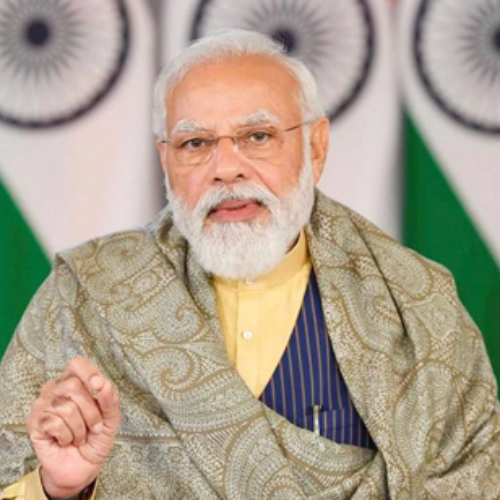Modi’s Bold Push to Make India a Chipmaking Powerhouse
Prime Minister Narendra Modi has set an audacious goal — to transform India into a global semiconductor manufacturing leader, producing the microprocessor chips that power the digital age entirely on home soil. It’s an ambition as improbable as it is bold, reflecting Modi’s belief that India can join the world’s top tier of advanced technology manufacturing.
At the heart of this mission is Dholera, a barren plain in Gujarat earmarked as India’s first “Semicon City.” Spanning an area the size of Singapore, it features new highways, power stations, freshwater canals, and a planned international airport — yet remains largely empty, awaiting investors. The government is offering massive subsidies, covering up to 70% of project costs, to lure domestic and foreign chipmakers.
Vedanta Group chairman Anil Agarwal has pledged “Made-in-India chips” by 2025, supported by veteran semiconductor executive David Reed, who is tasked with recruiting 300 foreign specialists from East Asia and Europe — at salaries triple their current pay — and pairing them with an equal number of Indian engineers. The aim is to build India’s first advanced chip foundry from scratch.
However, chip fabrication is a colossal challenge. While India has excelled in chip design through hubs like Bengaluru, it has no prior experience in high-end chip manufacturing. Unlike mobile phone assembly, which India now leads globally after China, chip production demands ultra-specialised talent, complex infrastructure, and vast capital investment — something that took Taiwan’s TSMC decades to perfect.
Modi’s plan is unfolding against a backdrop of global supply chain shifts, as nations seek alternatives to China’s dominance. Taiwan still produces nearly all cutting-edge chips, and even the U.S., despite its CHIPS Act, is struggling to build new fabs. India sees an opportunity to position itself as a “trusted supply chain” partner for countries wary of Beijing.
Beyond full-scale fabrication, India is also targeting key niches in the chip value chain. Micron Technology is investing $2.7 billion in a Gujarat site for ATMP — assembly, testing, marking, and packaging — a domain where India could compete with Malaysia. Coupled with its strength in design, this could form a Plan B to Modi’s chipmaking “moonshot.”
Critics question whether India can meet Vedanta’s aggressive 2025 timeline, noting that manufacturing still accounts for just 15% of the economy — well below Asian peers like Vietnam and Bangladesh. Yet, with over 1.4 million engineers graduating each year and government-backed infrastructure, India could still carve out a significant role in the semiconductor ecosystem.
Whether or not India achieves full chip self-sufficiency, one thing is clear: Modi’s semiconductor drive signals a giant scale of ambition and a willingness to use state-backed industrial policy — subsidies, tariffs, and infrastructure — to compete on the world stage, alongside the likes of China and the U.S.


